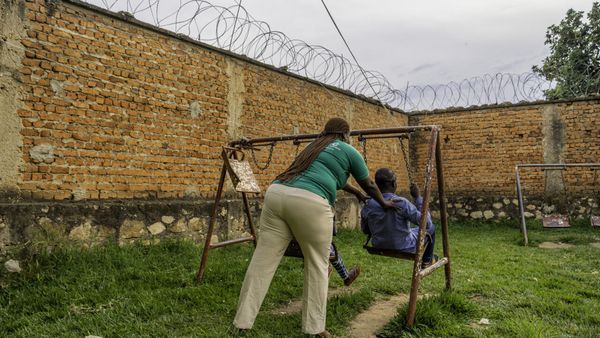
The Native American Church is a significant religious movement among Indigenous people in North America, centered around the sacred peyote cactus. Peyote, primarily found in southern Texas and northern Mexico, has been used for spiritual ceremonies and medicinal purposes by Native American tribes for centuries. It contains mescaline, a hallucinogenic compound.
U.S. laws passed in 1978 and 1994 permit federally recognized Native American tribes to use, harvest, and transport peyote. However, these laws do not extend to all Indigenous people in the U.S.
Originating around 1885 among the Kiowa and Comanche tribes in Oklahoma, the Native American Church has grown to encompass over 50 tribes and 400,000 practitioners. The core belief revolves around a supreme deity and various spirits that intercede with prayers to God. The peyote plant itself is often revered as a deity, known as Peyote Spirit.
To protect the peyote ceremony, Native American tribes began incorporating as individual churches in 1918 after facing bans on peyote by the U.S. government and several states. The inclusion of Christian elements in some churches helped gain acceptance and recognition.
Peyote is central to the Native American Church ceremonies, conducted in a tipi around an altar mound and sacred fire. The all-night rituals involve prayer, singing, consuming peyote, water rites, and spiritual reflection. Members believe in the healing properties of peyote, viewing it as a sacred medicine that requires care and respect.
Harvesting peyote is considered a pilgrimage, with prayers and ceremonies seeking blessings for a successful journey. The act of gathering peyote is a sacred process, with gratitude expressed to the Creator. Consumption of peyote is accompanied by further ceremonies to honor the medicine and give thanks.







